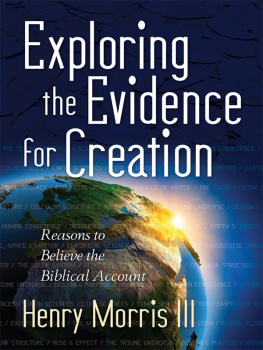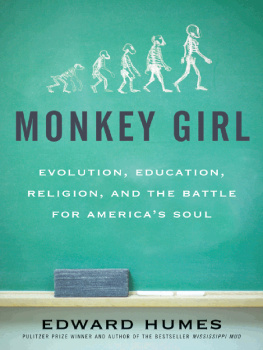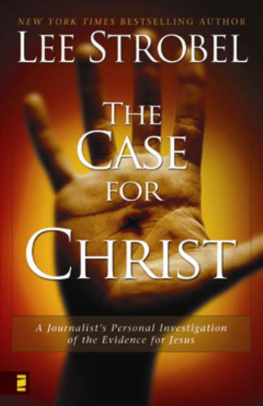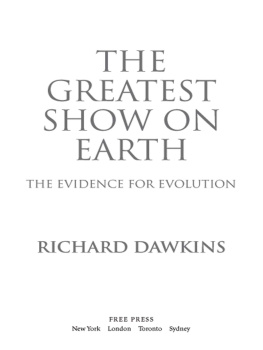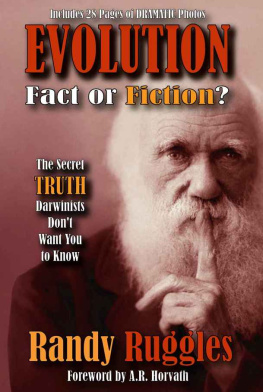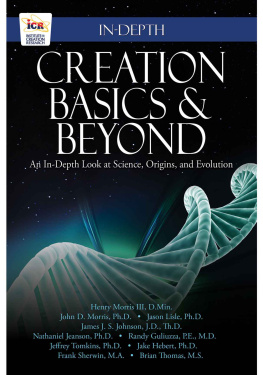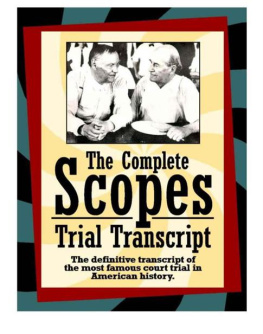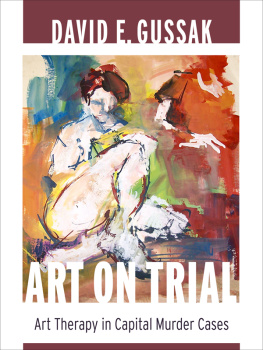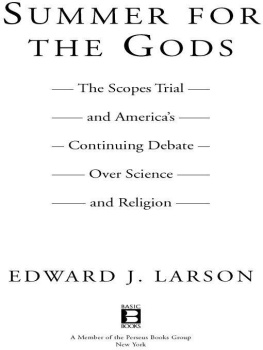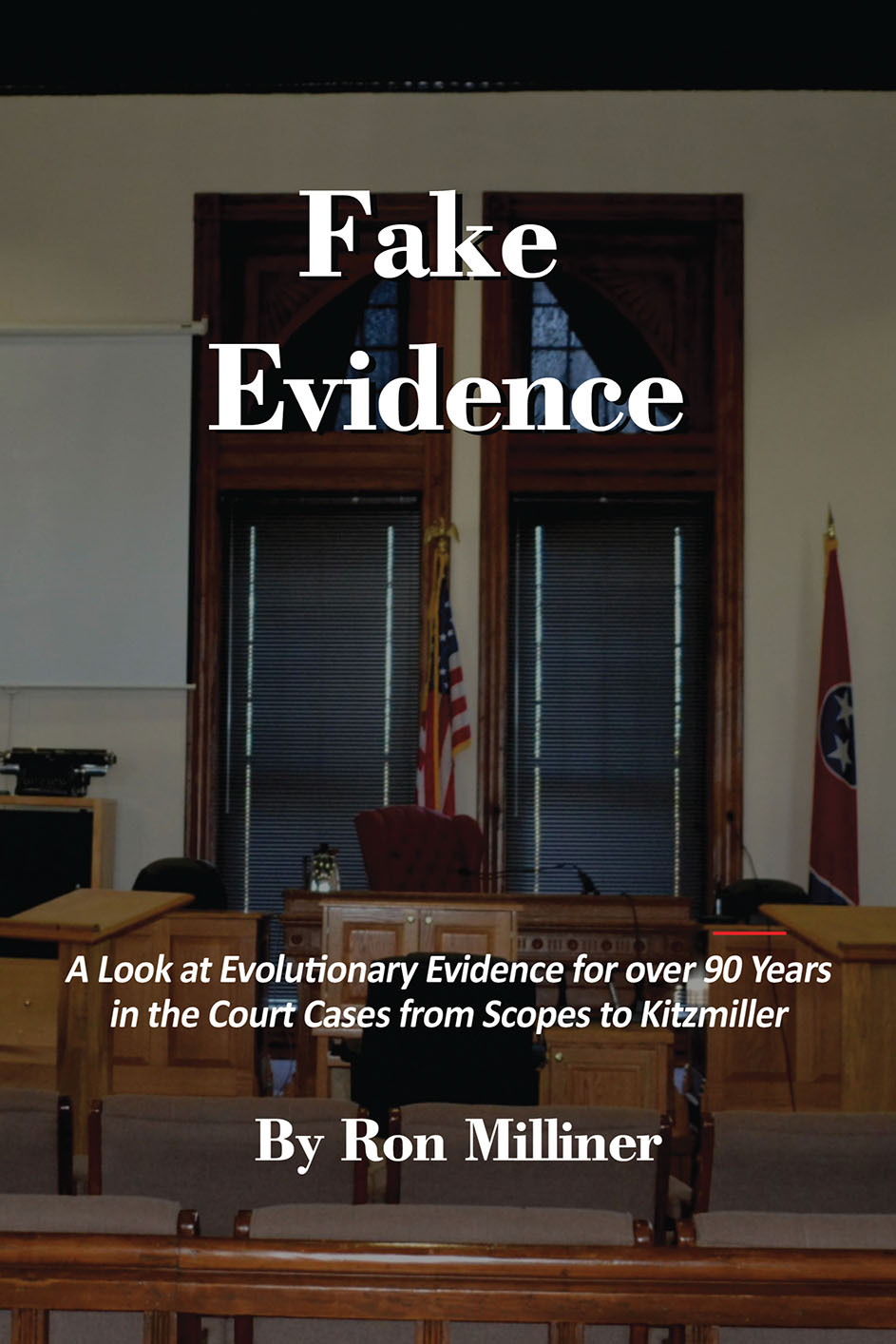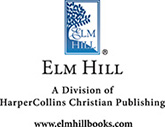Ron Milliner - Fake Evidence: A Look at Evolutionary Evidence for over 90 Years in the Court Cases from Scopes to Kitzmiller
Here you can read online Ron Milliner - Fake Evidence: A Look at Evolutionary Evidence for over 90 Years in the Court Cases from Scopes to Kitzmiller full text of the book (entire story) in english for free. Download pdf and epub, get meaning, cover and reviews about this ebook. year: 2019, publisher: Elm Hill, genre: Romance novel. Description of the work, (preface) as well as reviews are available. Best literature library LitArk.com created for fans of good reading and offers a wide selection of genres:
Romance novel
Science fiction
Adventure
Detective
Science
History
Home and family
Prose
Art
Politics
Computer
Non-fiction
Religion
Business
Children
Humor
Choose a favorite category and find really read worthwhile books. Enjoy immersion in the world of imagination, feel the emotions of the characters or learn something new for yourself, make an fascinating discovery.
- Book:Fake Evidence: A Look at Evolutionary Evidence for over 90 Years in the Court Cases from Scopes to Kitzmiller
- Author:
- Publisher:Elm Hill
- Genre:
- Year:2019
- Rating:5 / 5
- Favourites:Add to favourites
- Your mark:
Fake Evidence: A Look at Evolutionary Evidence for over 90 Years in the Court Cases from Scopes to Kitzmiller: summary, description and annotation
We offer to read an annotation, description, summary or preface (depends on what the author of the book "Fake Evidence: A Look at Evolutionary Evidence for over 90 Years in the Court Cases from Scopes to Kitzmiller" wrote himself). If you haven't found the necessary information about the book — write in the comments, we will try to find it.
Fake Evidence examines the scientific evidence offered in evolution-creation court cases from the State of Tennessee v. John Thomas Scopes in 1925 to Kitzmiller v. Dover Area School District in 2005. The validity of the different types of evidence is tested against the current ideas in the scientific literature. Much of the evidence offered in the past would not be offered in such a case if held today.
The first chapter of the book looks at court evidence in light of the nature of science. Court cases have been decided based on fingerprints, handwriting samples, DNA, etc. only to be overturned later. Why are evolution cases allowed to stand when the evidence used in the trial is no longer valid?
The State of Tennessee v. John Thomas Scopes is the first evolution-creation case. It is discussed in chapter two. Because of its well-known attorneys, Clarence Darrow and William Jennings Bryan, it attracted national attention. In this trial, a hoax like the Piltdown Man was offered as evidence for the proof of evolution.
Chapter three moves ahead to the 1960s and considers Epperson v. Arkansas that declared laws forbidding the teaching of evolution as unconstitutional. This case is also considered in light of two other court cases decided that decadeEngel v. Vitale that removed state-initiated prayers in the classroom and Abington School District v. Schempp that ruled against a daily Bible reading in school. How were these cases similar?
Since evolution had to be taught, efforts were made to have evolution and creation taught side by side. These efforts brought about two court casesMcLean v. Arkansas Board of Education and Edwards v. Aguillard. McLean v. Arkansas Board of Education dealt with an Arkansas law and was decided in the United States District Court for the Eastern District of Arkansas and was limited to that region. Edwards v. Aquillard was a similar law passed in Louisiana which was appealed all the way to the United States Supreme Court. The justices declared the teaching of scientific creationism was religious teaching and thus unconstitutional.
The final case that is examined in this work is Kitzmiller v. Dover Area School District. The school board in Dover, Pennsylvania wanted to see its students become aware of intelligent design. A good deal of this case centered on showing that intelligent design is religious teaching so that the judge could rule against it based on the earlier court cases against a religious view being taught in public schools.
Fake Evidence closes with a look at some of the view expressed against religion in Kitzmiller v. Dover Area School District and the dangers found in those views. The book also contains several appendices, including one on The Fruits of Evolution.
Ron Milliner: author's other books
Who wrote Fake Evidence: A Look at Evolutionary Evidence for over 90 Years in the Court Cases from Scopes to Kitzmiller? Find out the surname, the name of the author of the book and a list of all author's works by series.



